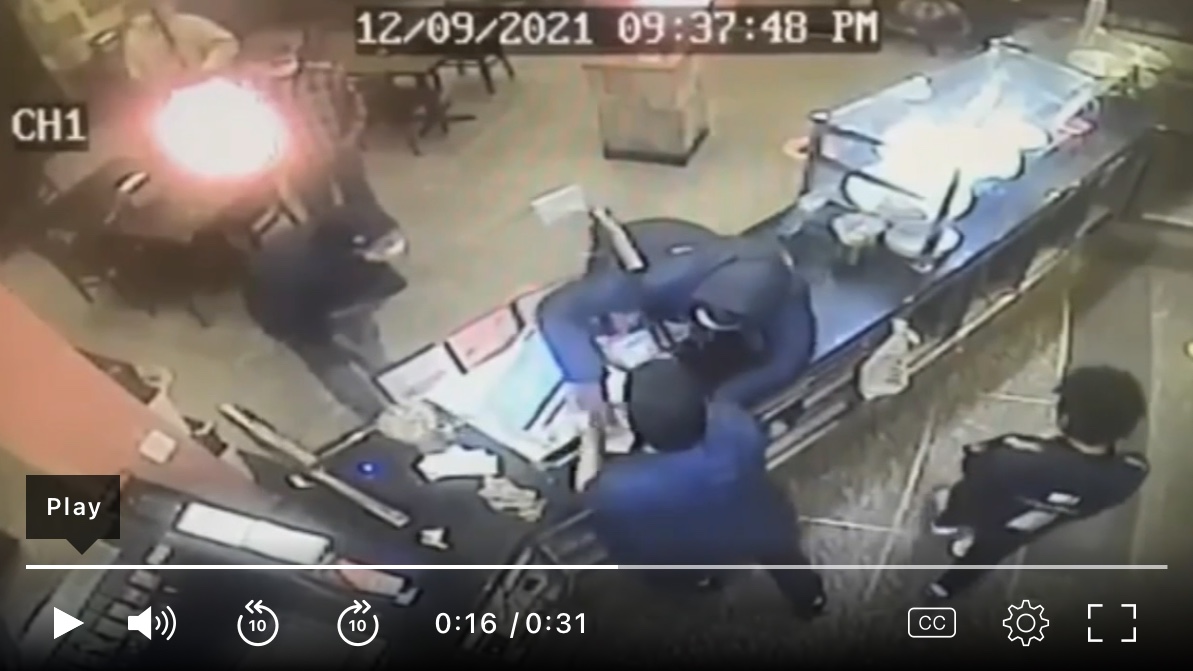The cops versus the video
You’ve probably heard that journalism is the first draft of history.
The first draft, not the last, and it is often flawed for several reasons. Reporters are rarely eyewitnesses to breaking news events, such as crime. They gather information from witnesses, and from authorities, such as police.

Reporters might be under deadline pressure, the eyewitness may misspeak (or lie), and cops may pass along unverified information.
There is tension between journalists who want the 411 now, and authorities who would like to double- or triple-check information.
Last week, a robber tried to knock off a pizza restaurant at 15th and Spring Garden, and, according to press reports, it went badly for the thief.
Information released by the police said the robber had reached across the counter to get at the cash register, and was strangling the woman clerk behind the counter.
During the struggle, the woman’s 14-year-old son came out, grabbed a pistol from under the counter, and shot the thief in the face. Bleeding, he fled, and was captured by police following the blood trail.
The incident was captured on the store’s closed-circuit TV, and now, the Inquirer is reporting that the video does not jibe with the police account.
Oops. And for some reason, while the newspaper describes the video, it does not publish it online where readers can judge for themselves. (6ABC posted the video, stopping at the moment the teenager fired the gun.)
So what happened here?
If the cops viewed the video before releasing information, they were either blind or lying.
I don’t think that was the case.
After initial interviews by police arriving at the crime scene, a knowledgeable police source tells me, detectives then take control of witnesses and evidence, such as video. This can take 24-48 hours to process everything, I was told.
My guess is the original police statement went with what the teenager and his mother said had happened.
That’s understandable. What is not understandable is why it took the cops so many days to release the corrected information. They have declined to explain.
Meanwhile, the unnamed teenager is a juvenile, and possibly in trouble.
You can use lethal force to protect yourself or others from serious harm. You can’t use lethal force to protect property, generally speaking. This is what the kid seemed to do.
Any good attorney will argue the kid was protecting his mother from potential harm, that the robber could have lashed out and hurt her.
I’m not Perry Mason, but that sounds good to me.
And I’ll bet it sounds great to Denny Crane (Remember William Shatner on “Boston Legal?”)
The kid was protecting his mother.
Give him a medal.



